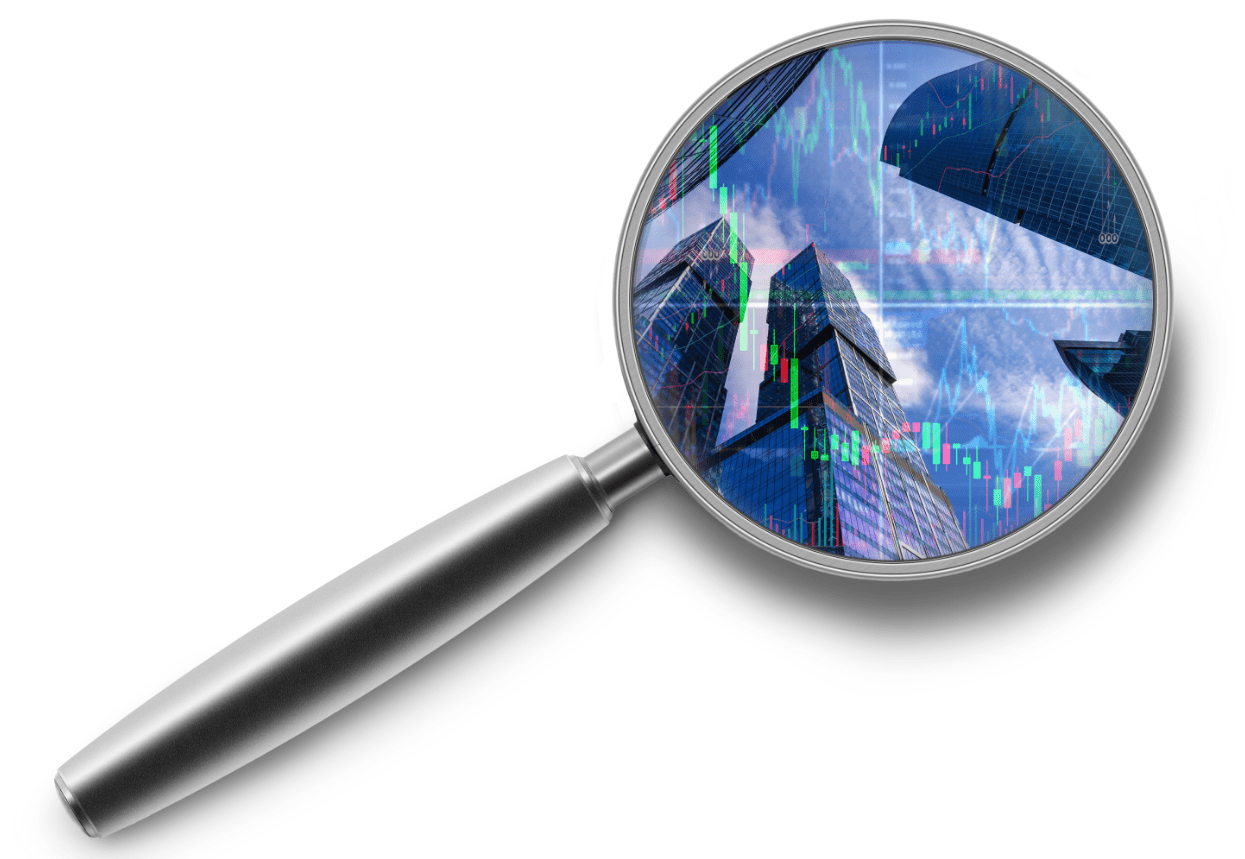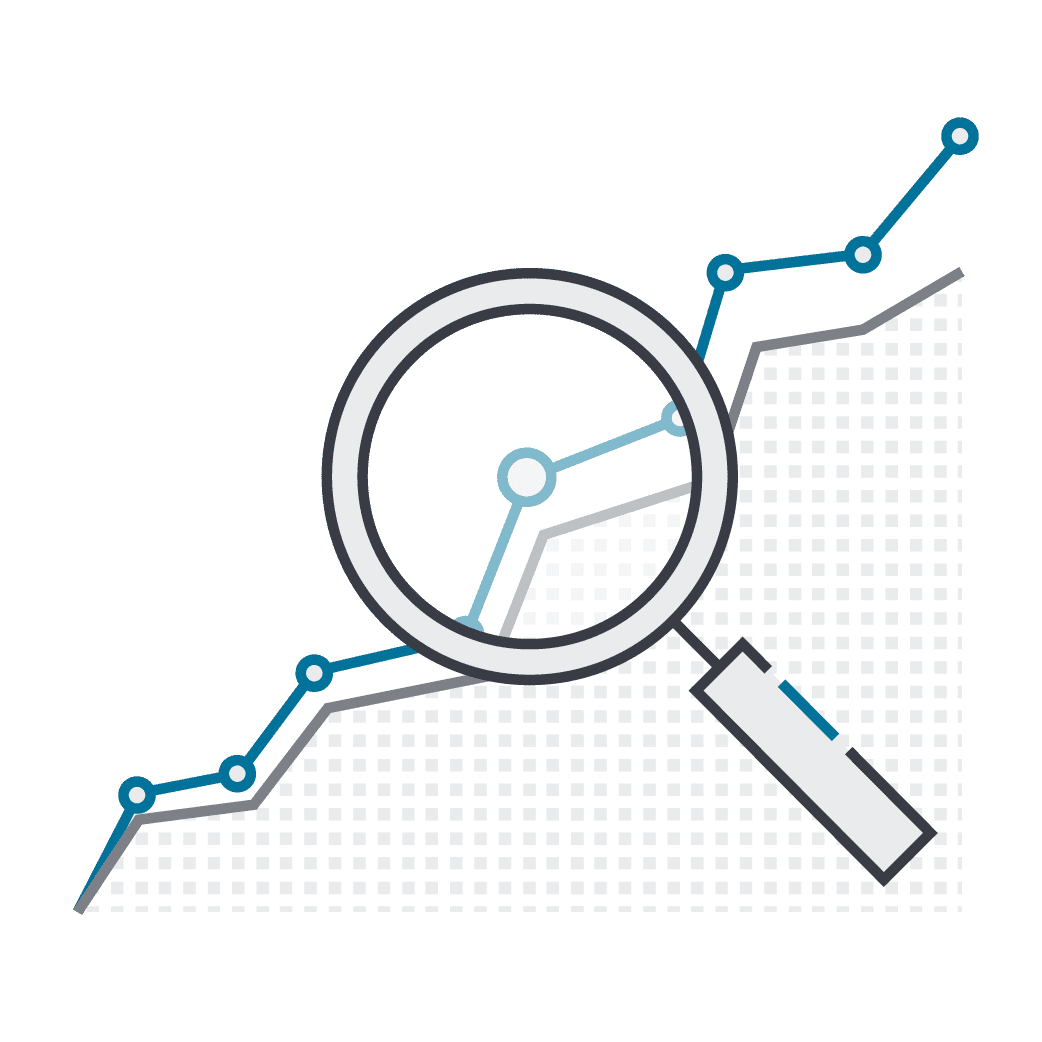EDITION 4
Janus Henderson
Corporate Debt Index
The Corporate Debt Index is a long-term study into trends in company indebtedness around the world, the investment opportunities this provides and the risks it presents.


Companies around the world took on
US$456bn
of net new debt in 2022/23,
pushing the outstanding total up 6.2% on a constant-currency basis

Higher
debts
are backed by
record profits -
US$3.62 trillion
in 2022/23

Income
is back
- median yield on investment-grade bonds was
4.9% by May,
up from 4.1% a year ago
All figures in US dollars, unless otherwise stated. As of 31 December 2023
Glossary
| Bond | A bond is parcel of debt. By buying a bond, investors give money to a borrower, usually for a fixed term and for a fixed rate of interest. Bonds can be bought and sold on financial markets, and the value changes over time with varying market conditions. |
| Cyclical Industry | The revenues and profits of an industry rise and fall over the course of an economic cycle. |
| EBIT | Earnings before interest and tax, commonly called operating profit. |
| Equity | The amount of money left over for shareholders if all a company’s assets were liquidated and its assets sold off. |
| Gearing | The ratio of debt to equity finance on the balance sheet – not to the market value of the shares; also called leverage. |
| Leverage | The ratio of debt to equity finance on the balance sheet – not to the market value of the shares; also called gearing. |
| Net Debt | All borrowings minus any cash or cash equivalents. |
| Running Yield | The interest paid on a bond divided by its current market value. |
| Volatility | Rapid, unpredictable, changeability. |
| Yield to Maturity | The interest paid on a bond divided by its current market value, taking account of the capital gain or loss that will occur when the bond matures and is repaid. |